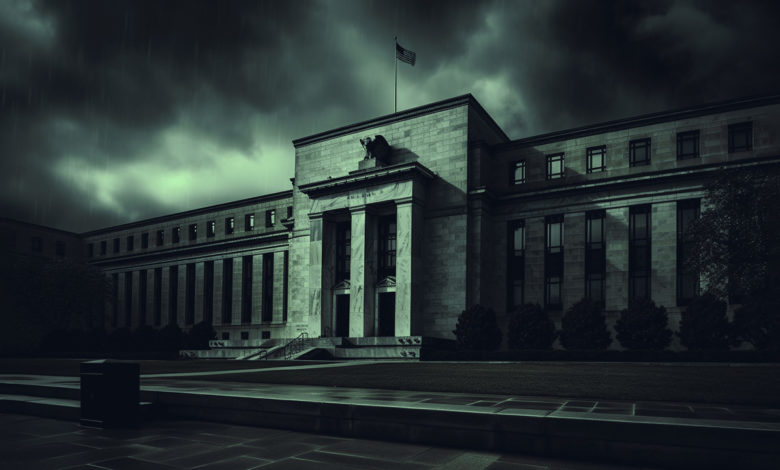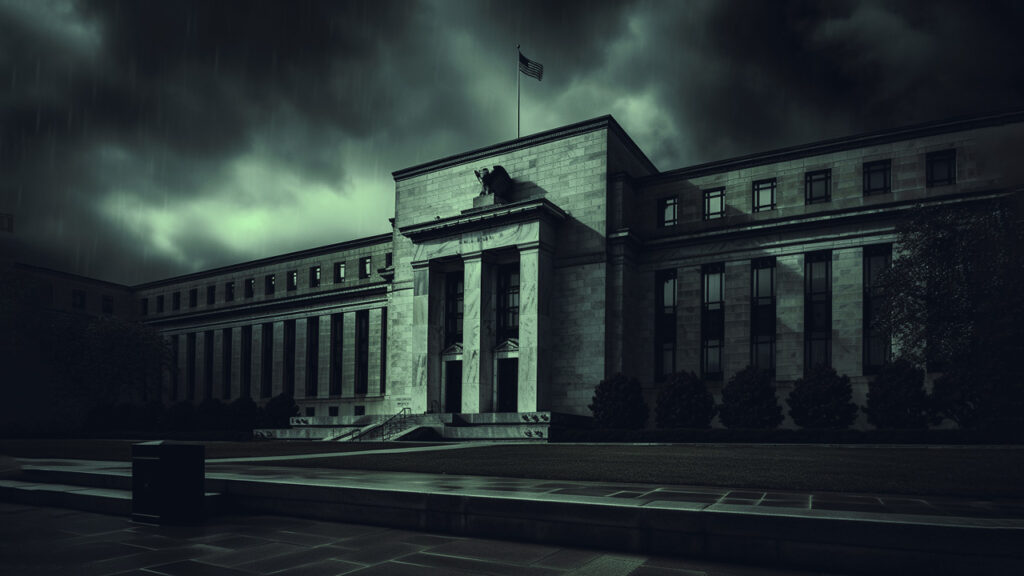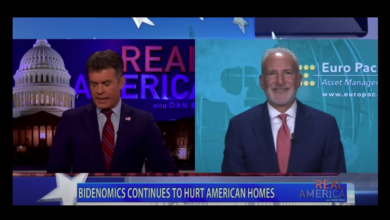The Fed Follows Its Script and Hikes Again; What’s Next?

I’ll say this about the Federal Reserve: it tends to follow the script.
Everybody expected that the central bank would hike rates at the July FOMC meeting, and that’s exactly what it did. The Fed boosted the federal funds rate another 25 basis points to 5.25 to 5.5%.
It was the 11th rate hike in the last 12 meetings and took rates to the highest level in 16 years.
The messaging coming out of the Fed meeting was also predictable – predictably vague.
The official FOMC statement was little changed from last month and left the door open for more tightening.
The Committee will continue to assess additional information and its implications for monetary policy. In determining the extent of additional policy firming that may be appropriate to return inflation to 2 percent over time, the Committee will take into account the cumulative tightening of monetary policy, the lags with which monetary policy affects economic activity and inflation, and economic and financial developments.”
The CPI dropped more than expected in June, but it was not enough for Federal Reserve Chairman Jerome Powell to declare victory. During his post-meeting press conference, Powell said inflation has “moderated somewhat” since the middle of last year.
Nonetheless, the process of getting inflation back down to 2 percent has a long way to go.”
Powell appeared to be charting a path between noncommital and hawkish during his press conference. He emphasized that future decisions would be made “meeting by meeting.” But he did leave the door open for another rate hike in September.
Or maybe not.
It is certainly possible we would raise the funds rate at the September meeting if the data warranted, and I would also says it’s possible that we would choose to hold steady at that meeting.”
Powell said everything moving forward would be “data dependent.”
We’ve covered a lot of ground and the full effects of our tightening have yet to be felt. Looking ahead, we will continue to take a data-dependent approach in determining the extent of additional policy firming that may be appropriate.”
Powell tried to lower expectations that the Fed might cut rates soon.
I would say that what our eyes are telling us is that policy has not been restrictive enough for long enough to have its full desired effects. We intend to keep policy restrictive until we’re confident inflation is coming down sustainably to our 2% target, and we’re prepared to further tighten if that’s appropriate.”
He went on to say, “We would be comfortable cutting rates when we’re comfortable cutting rates, and that won’t be this year, I don’t think it would be.”
Despite Powell’s hawkish spin, the mainstream consensus seems to be that the Fed is finished hiking rates. There is only a 22% chance of a September hike according to the benchmark fed funds futures. One analyst told CNBC this is “a hawkish hold.”
In our base case, their next move will likely be a cut but it will take until 2024 until we see it. That said, Powell will have no choice but to keep the threat of hikes alive, lest he encourage markets to prematurely price in cuts and re-ignite inflation expectations.”
WHAT’S NEXT?
Powell was intentionally vague. He wants to leave all of his options open. With the messaging that came out of the Fed meeting, he can plausibly claim “this was the plan” no matter what the central bank does next.
The Fed can afford to be hawkish as long as the economy is limping along with no obvious hiccups. The real test will come when something breaks in the economy.
And something will break with interest rates at 5.5%. It’s just a matter of time.
As the saying goes, things happen slowly and then all at once.
Interest rates are higher than they were in June 2006, the peak of that hiking cycle that burst the housing bubble. The Fed held them there until Bernanke cut rates in September 2007 when home sales started to collapse. In other words, rates are at levels that set off the 2008 financial crisis and Great Recession. The difference is today we have even more debt and malinvestments in the economy. One has to wonder why anybody thinks things will turn out differently this time.
Consider this; the last time rates were this high, the national debt was a mere $5.6 trillion. Today the debt stands at over $32.6 trillion and the federal government is running huge deficits month after month.
Meanwhile, we’ve already seen more corporate defaults through six months of 2023 than we had in all of ’22, and Americans are using credit cards with 20 percent-plus interest rates to make ends meet.
The fact is the Federal Reserve has screwed up everything that is a function of interest rates. Rate hikes have already precipitated a financial crisis. Despite Fed’s insistence that “the US banking system is sound and resilient,” we’ve already witnessed three major bank failures. The Fed’s bank bailout papered over those problems and plugged that hole in the dam, but it’s only a matter of time before something else breaks. (Commercial real estate is a good candidate.)
Cuts are coming, no matter how tough Powell talks today, or what the rest of his crew put on a dot plot.
Ultimately, the Fed is going to reverse course and cut rates in order to keep banks from failing, prop up a crashing stock market, save the housing market, prop up the government, bail out over-levered corporations, or try to reinflate whatever pops next in this bubble economy.
If things hold together until September and the CPI doesn’t show more signs of cooling, maybe we will see another rate hike. But the longer this plays out, the closer we get to rate cuts instead of rate hikes.
And that means even more price inflation is in your future.
No matter what Powell says, it’s only a matter of time before the Fed has to abandon the pretense of an inflation fight, pivot, and start cutting rates. Even if this tightening cycle continues to bring down CPI in the next few months, it will only be temporary. The moment it is forced to reckon with the damage done by decades of easy money, it will return to easy money like a pig to mud — no matter what the central bankers are telling you today.
Call 1-888-GOLD-160 and speak with a Precious Metals Specialist today!
Buka akaun dagangan patuh syariah anda di Weltrade.
Source link






